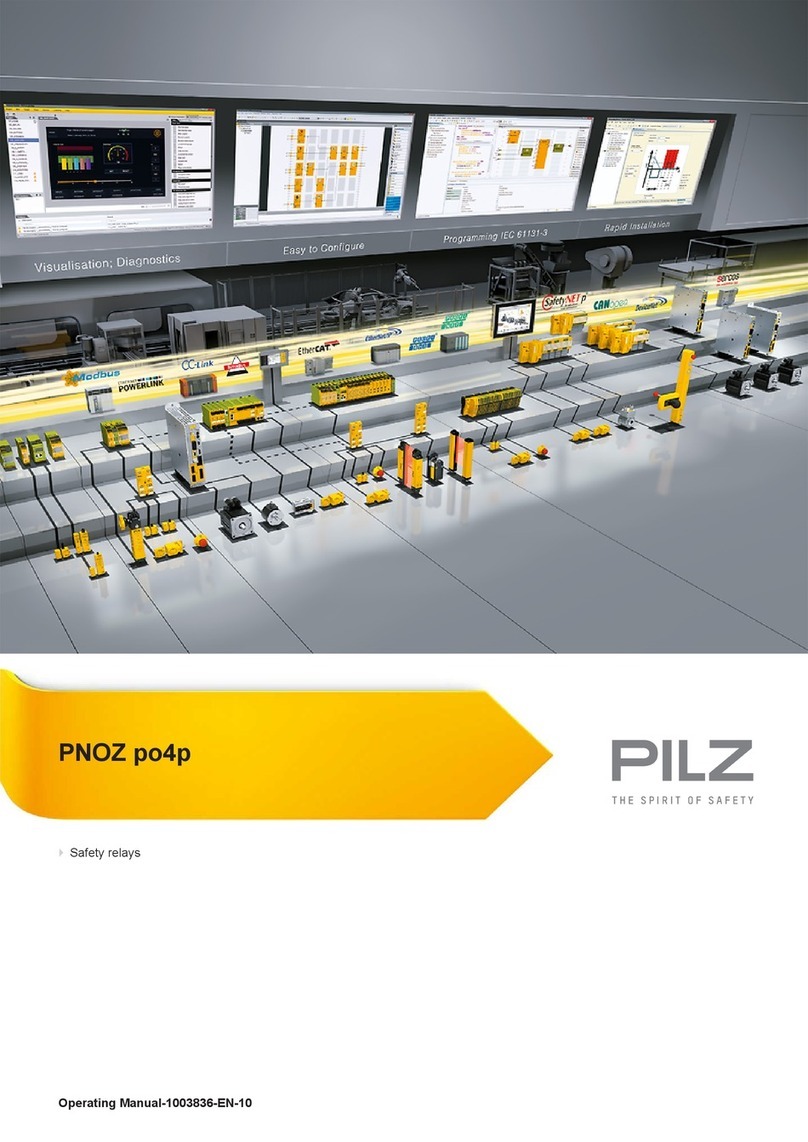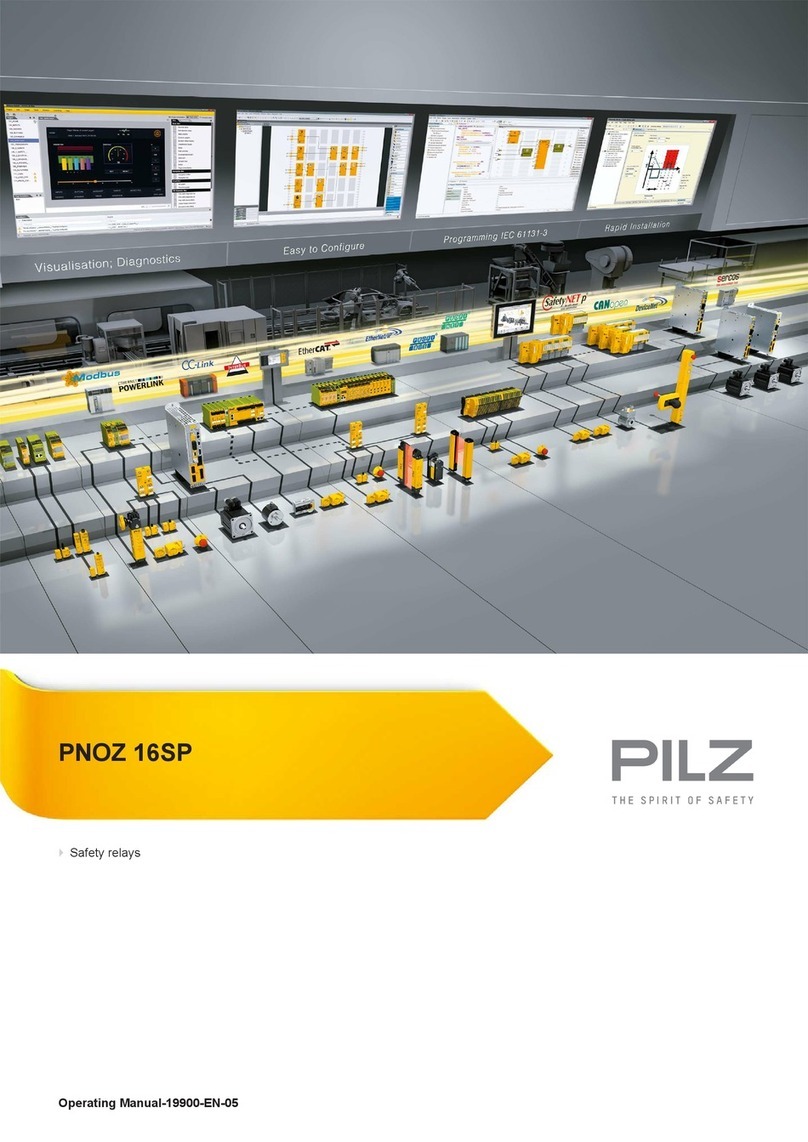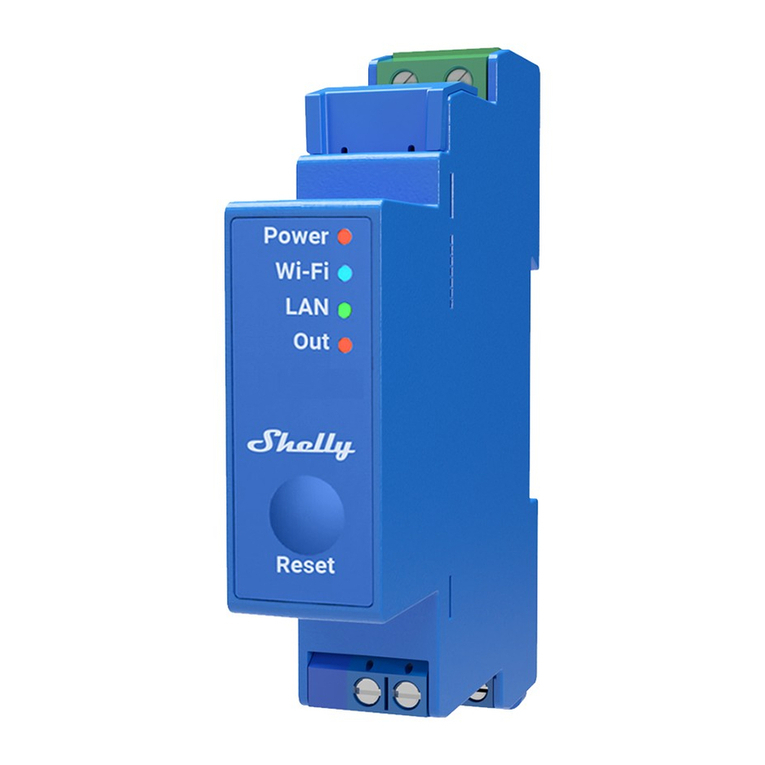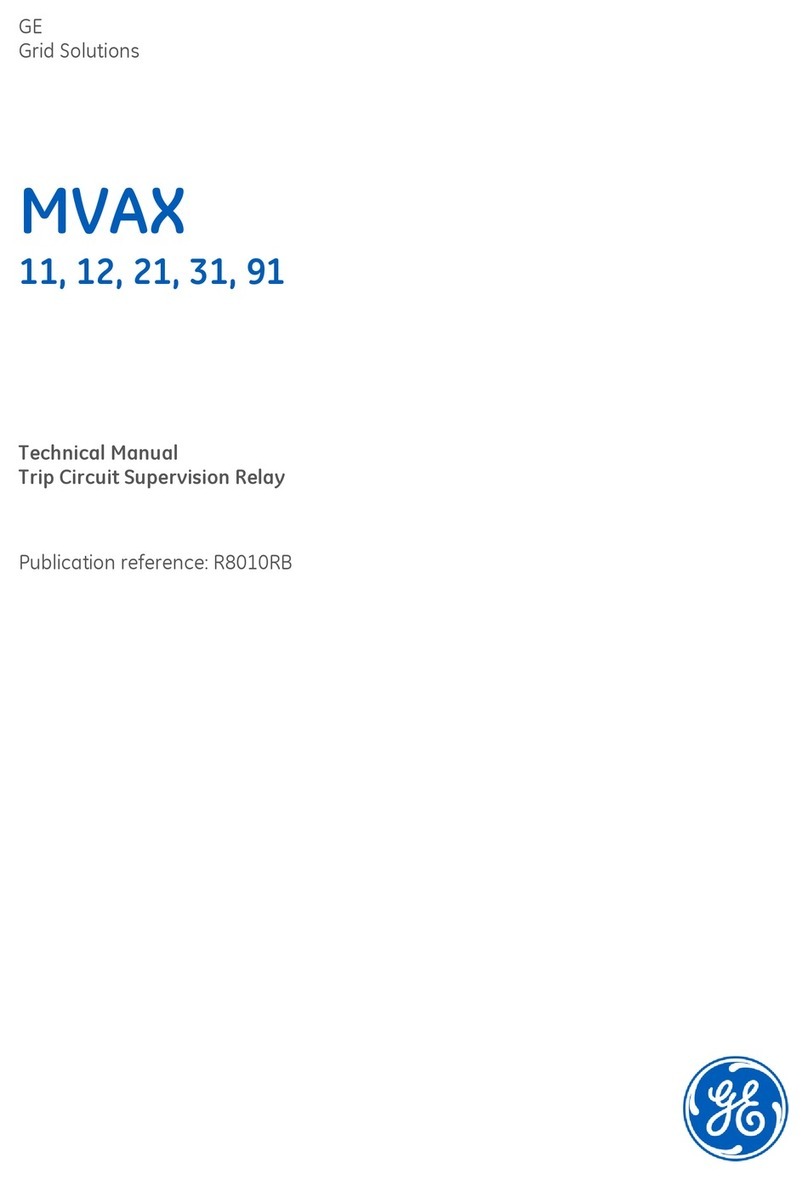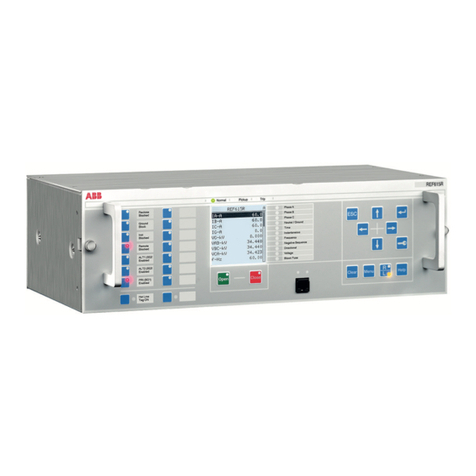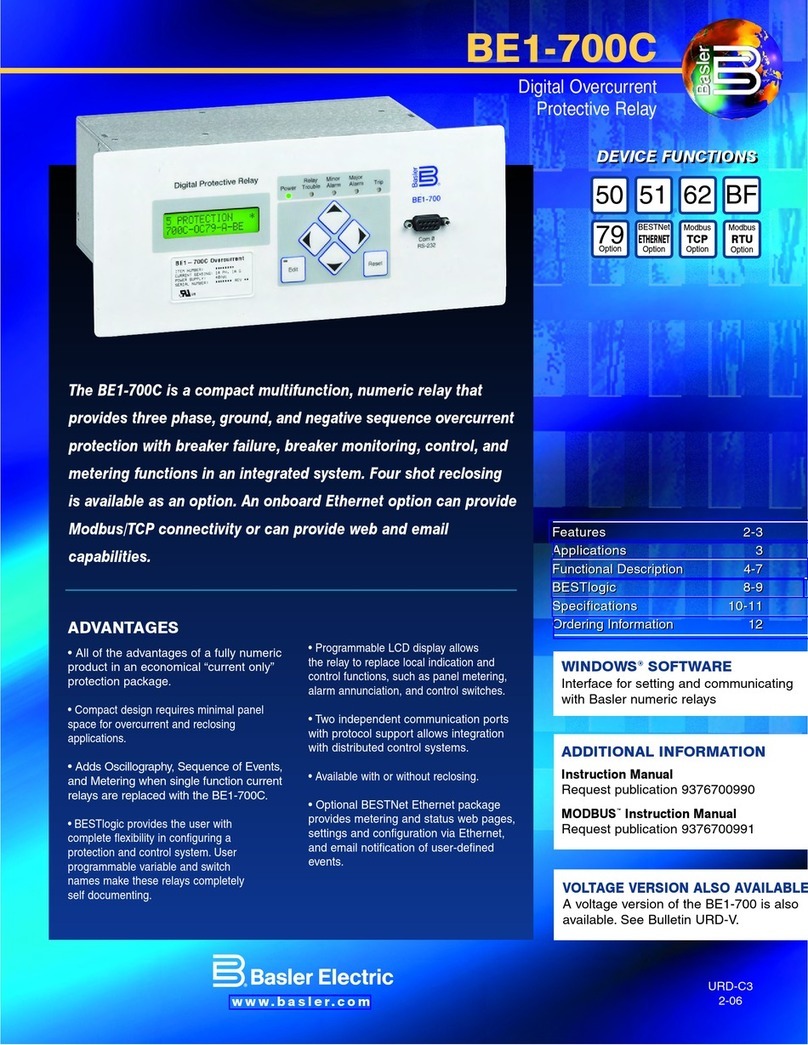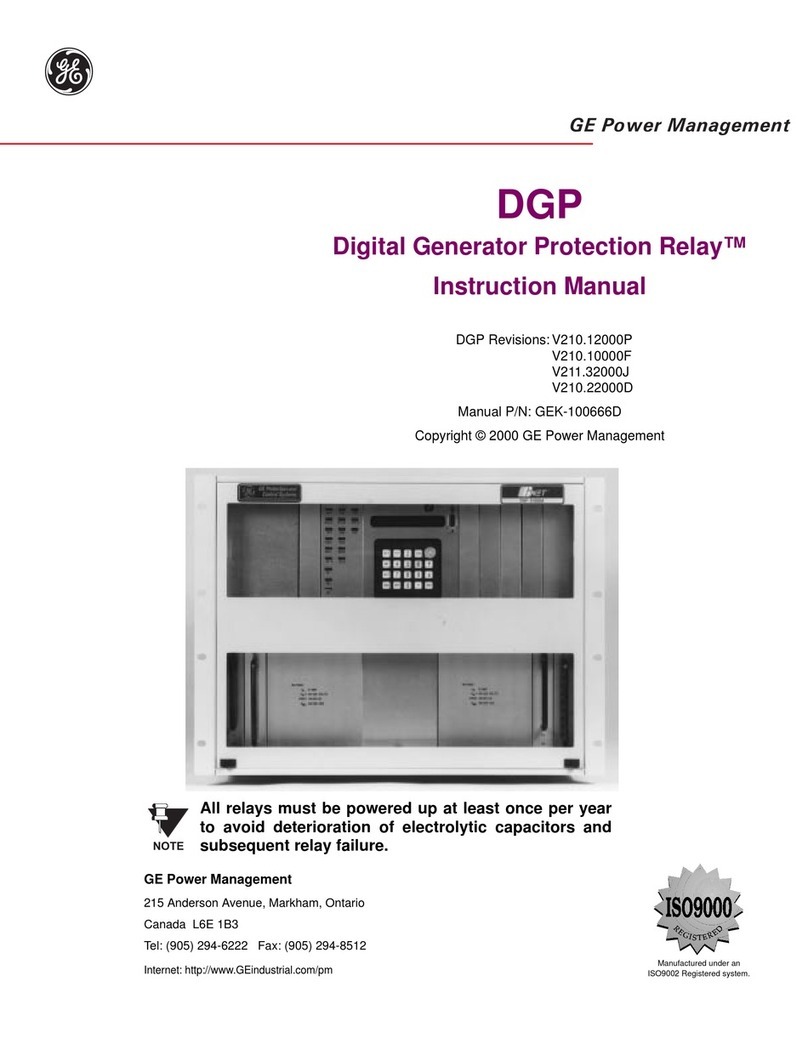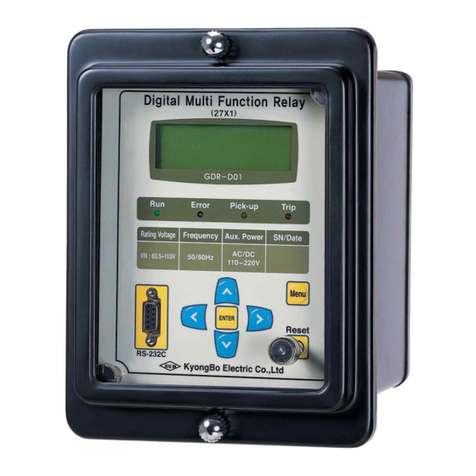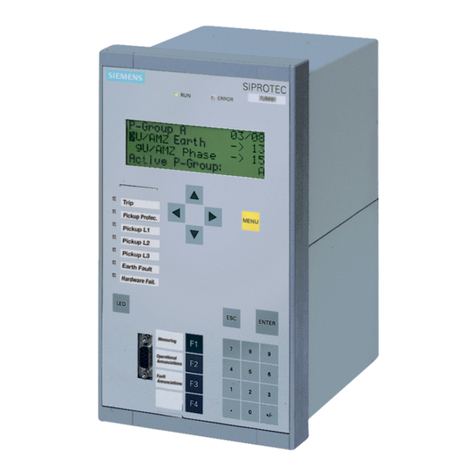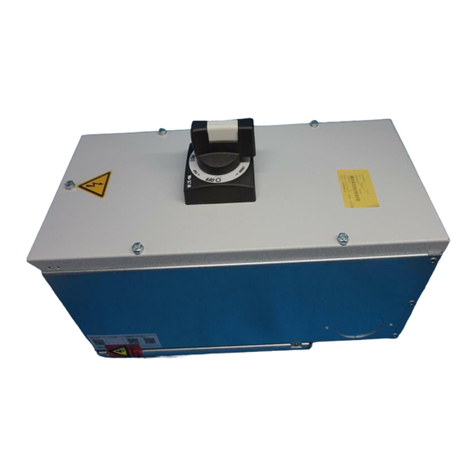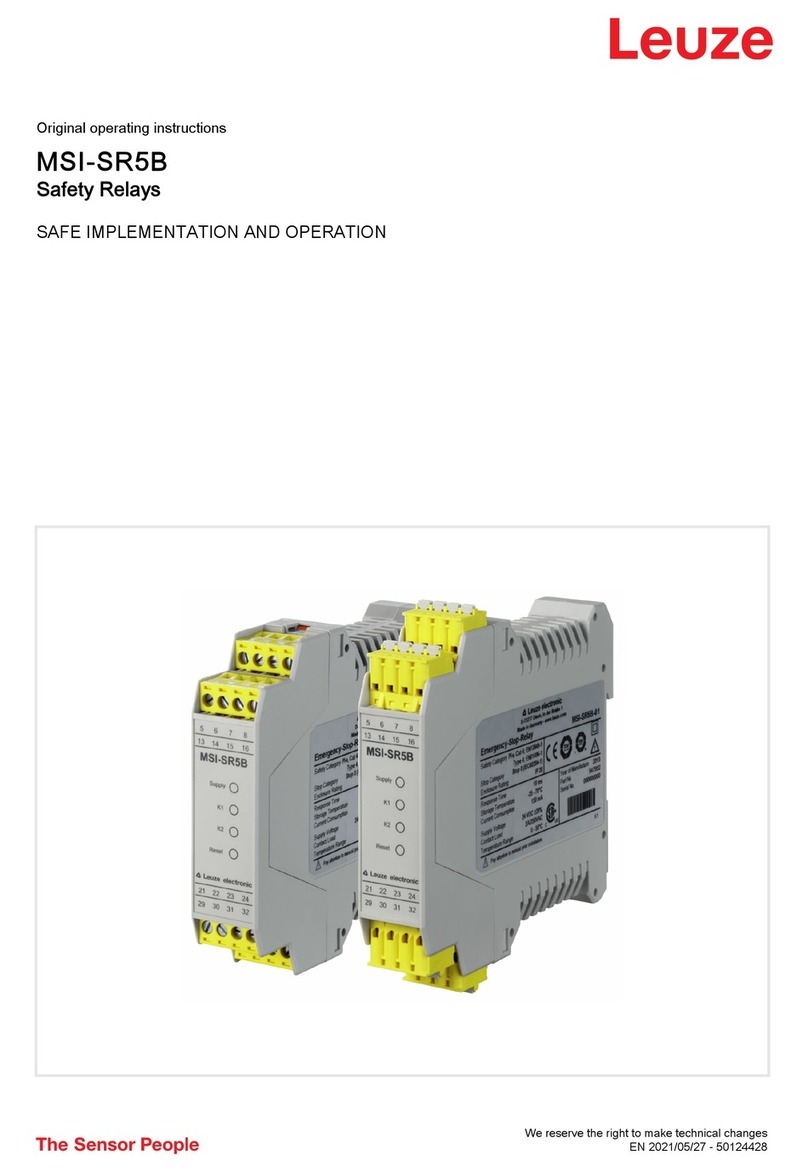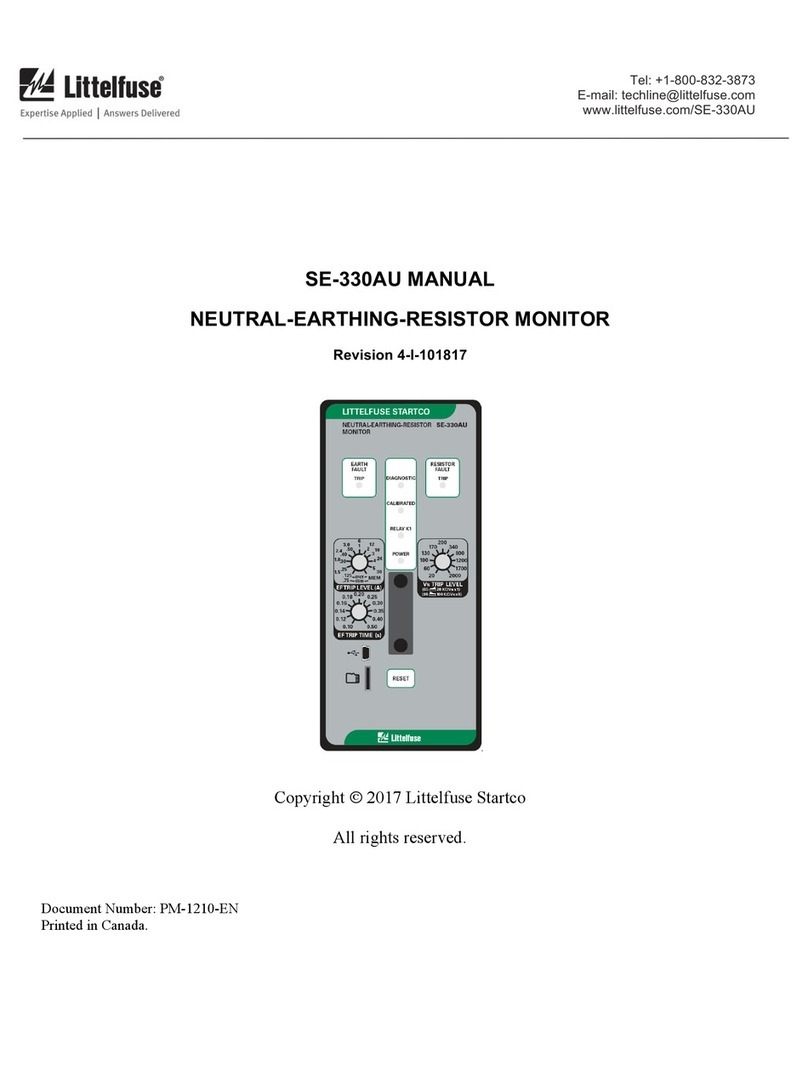Pilz PNOZ 15 User manual
Other Pilz Relay manuals
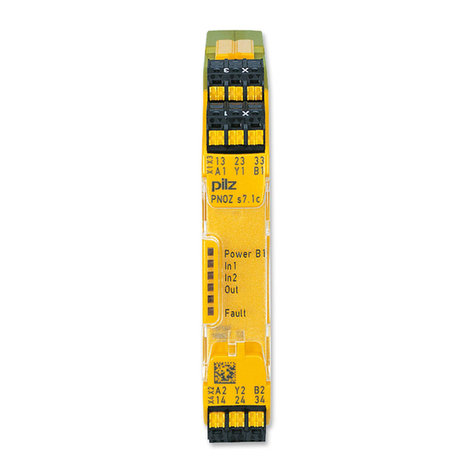
Pilz
Pilz PNOZ s7 User manual
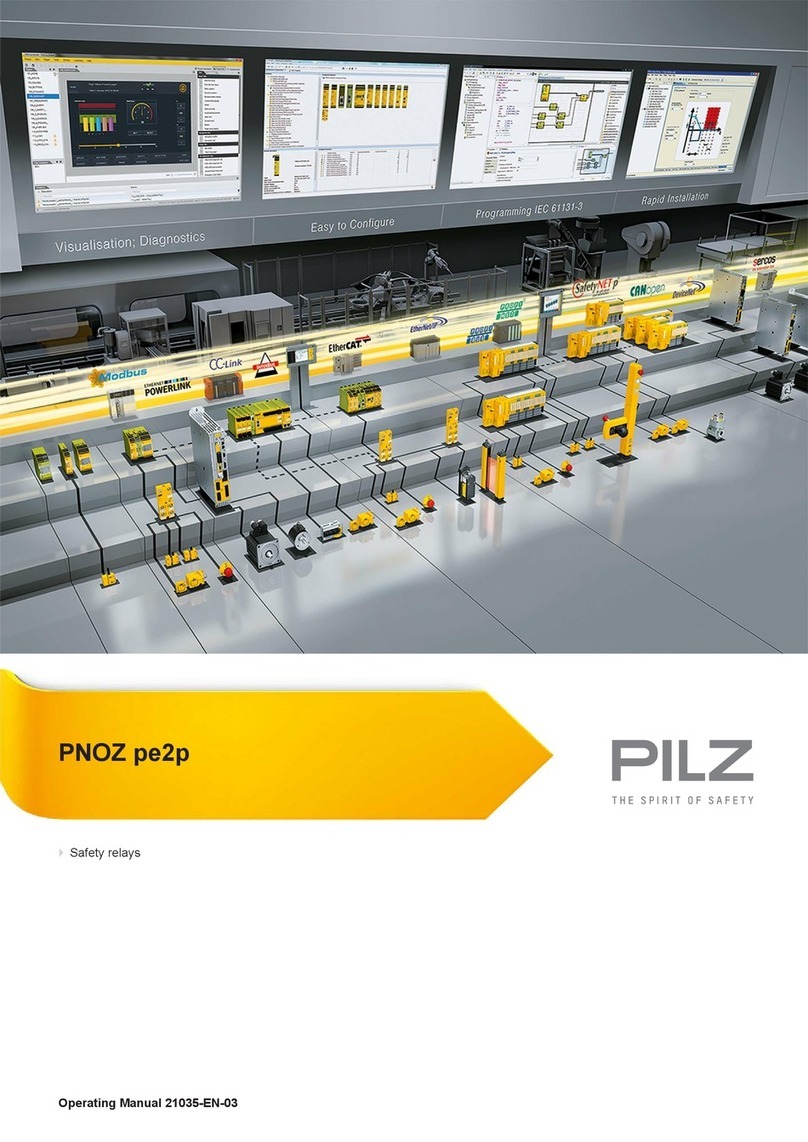
Pilz
Pilz PNOZ pe2p User manual
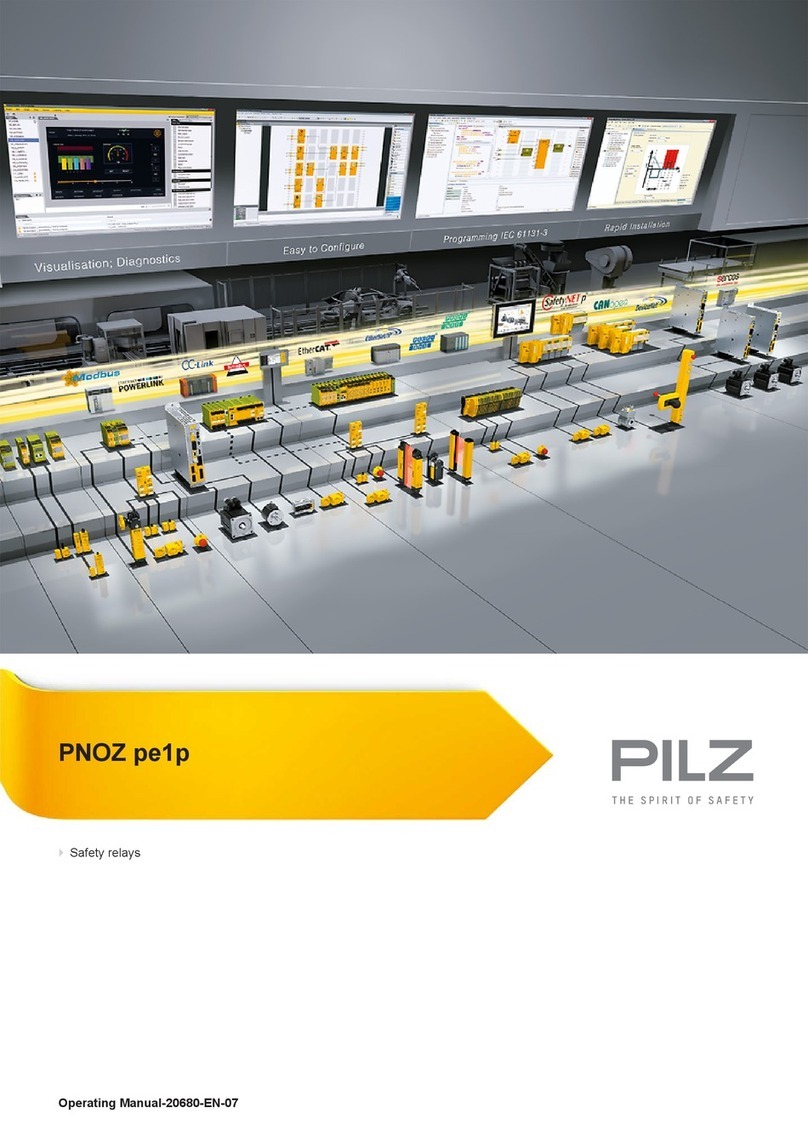
Pilz
Pilz PNOZ pe1p User manual
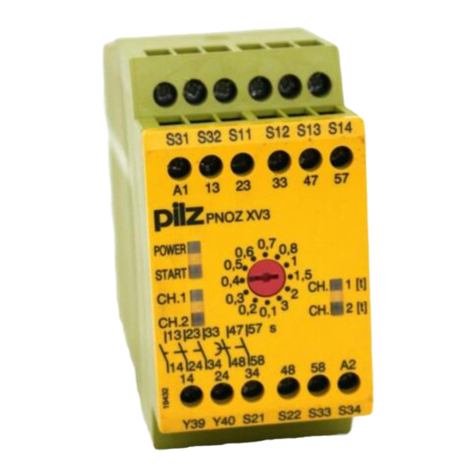
Pilz
Pilz PNOZ XV3 User manual

Pilz
Pilz P2HZ X1 User manual

Pilz
Pilz P2HZ X1P User manual

Pilz
Pilz PNOZ X9 User manual
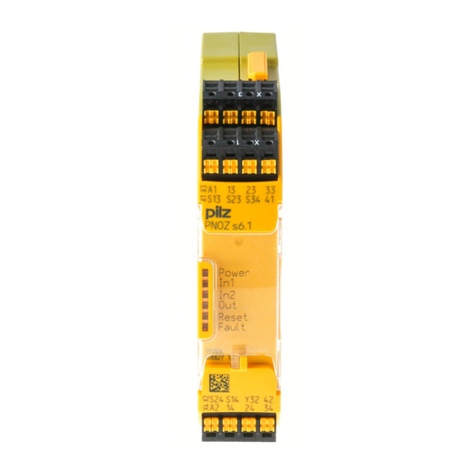
Pilz
Pilz PNOZ s6 User manual
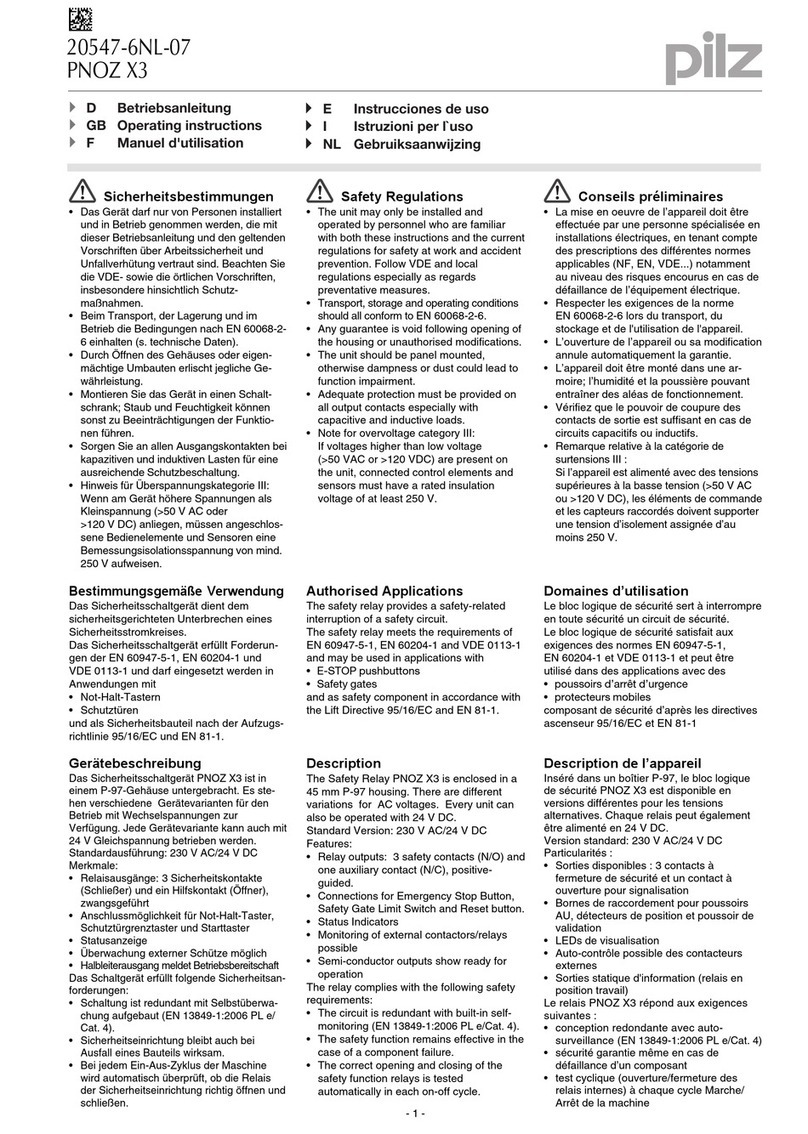
Pilz
Pilz PNOZ X3 20547-6NL-07 User manual

Pilz
Pilz PZE X4VP User manual

Pilz
Pilz P1HZ X1 User manual
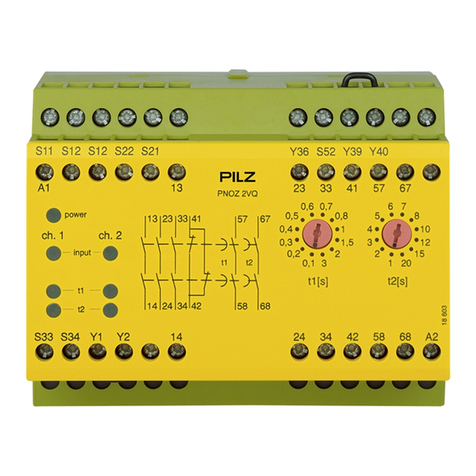
Pilz
Pilz PNOZ 2VJ User manual
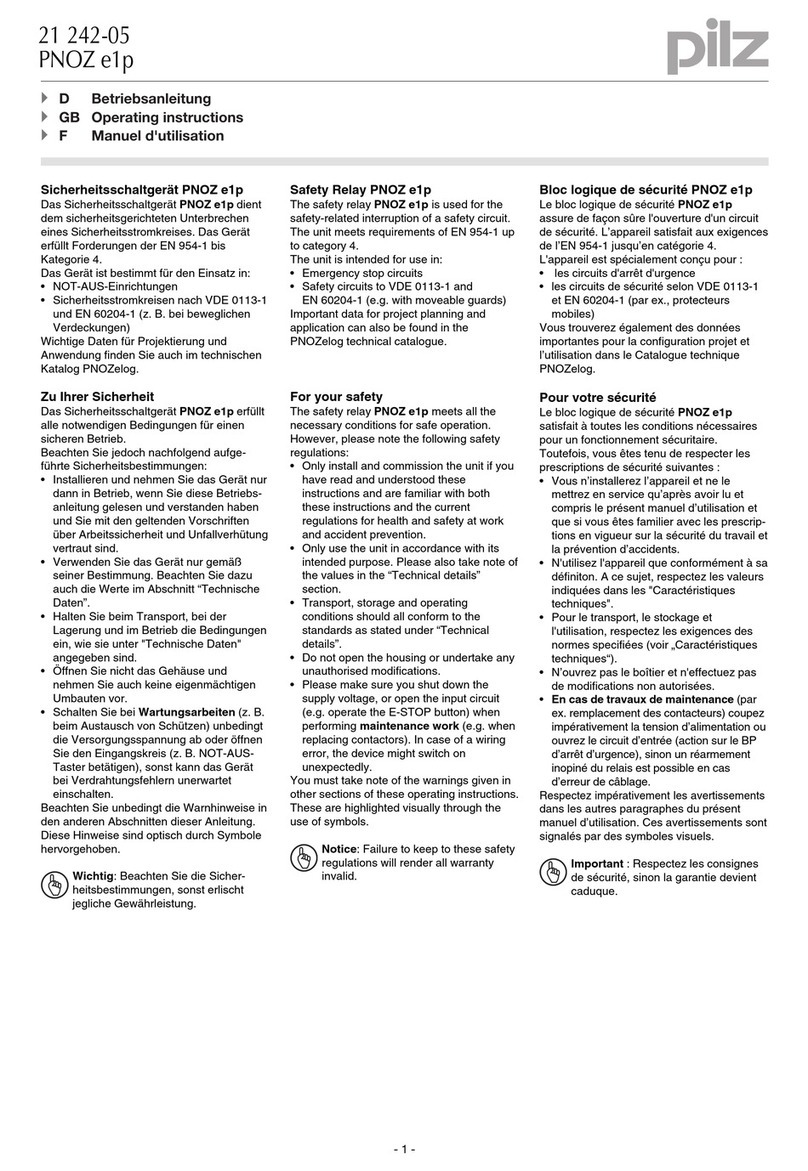
Pilz
Pilz PNOZ e1p User manual

Pilz
Pilz PNOZ X1 User manual
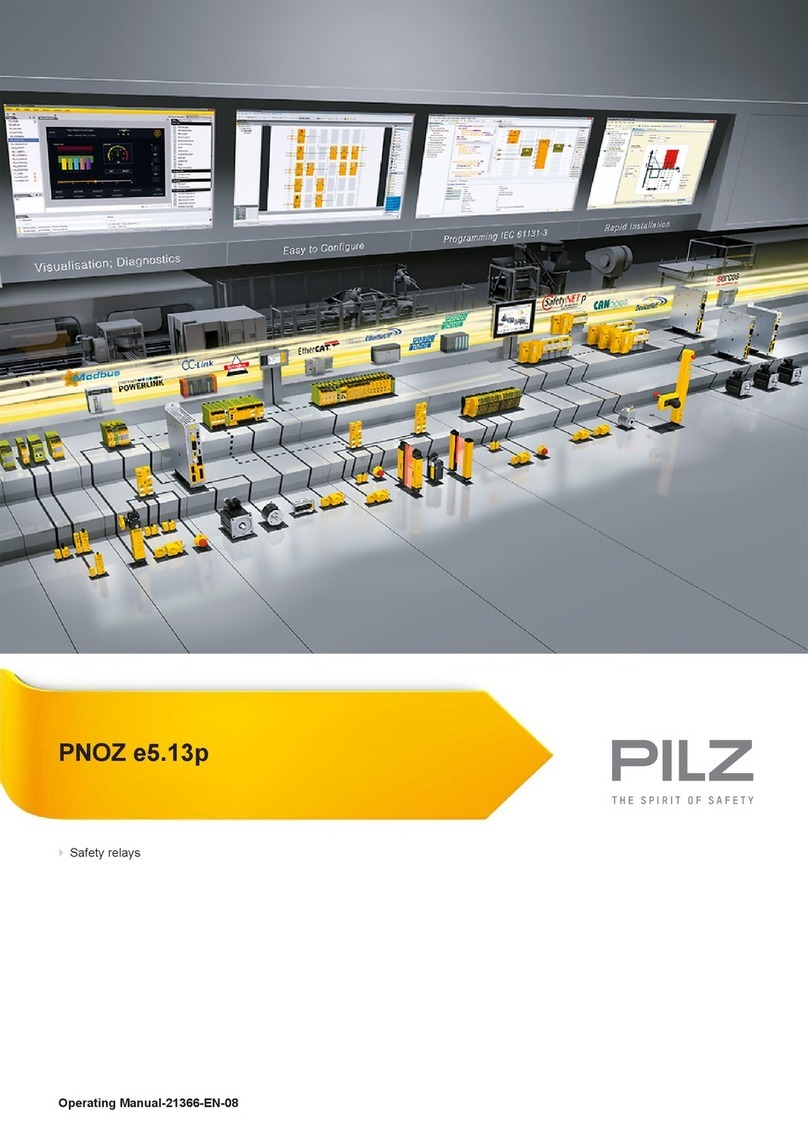
Pilz
Pilz PNOZ e5.13p User manual
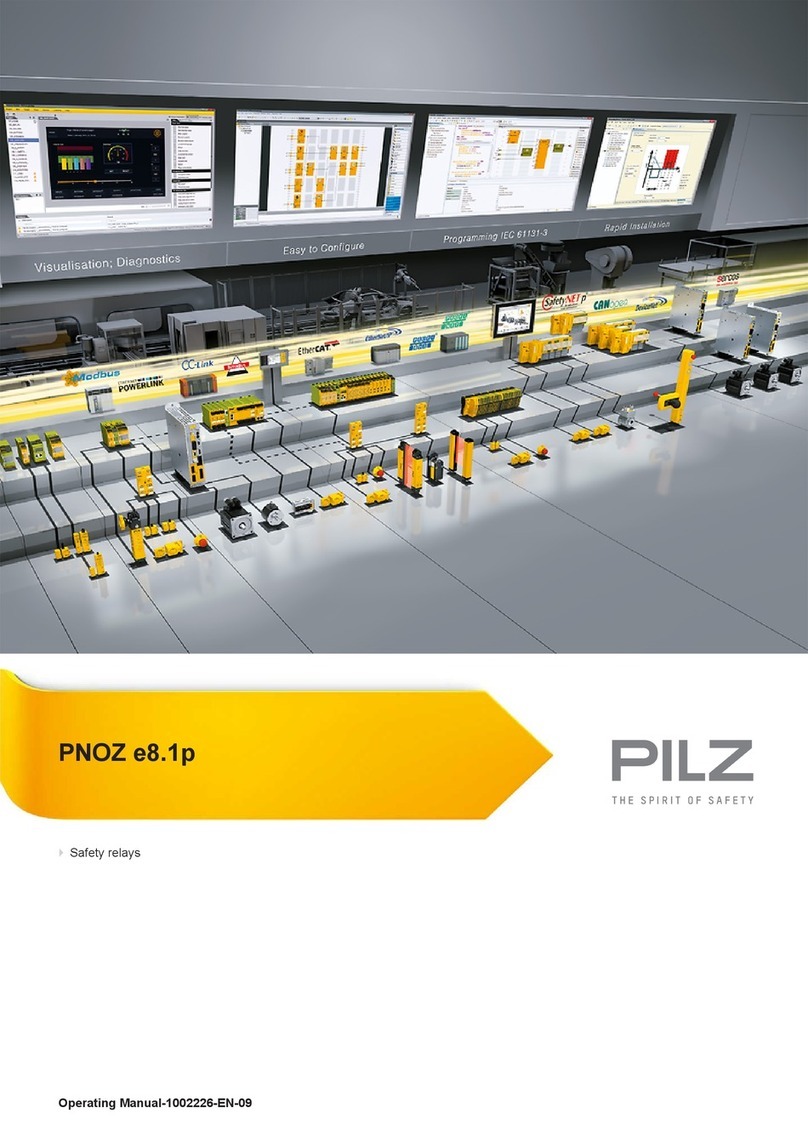
Pilz
Pilz PNOZ e8.1p User manual
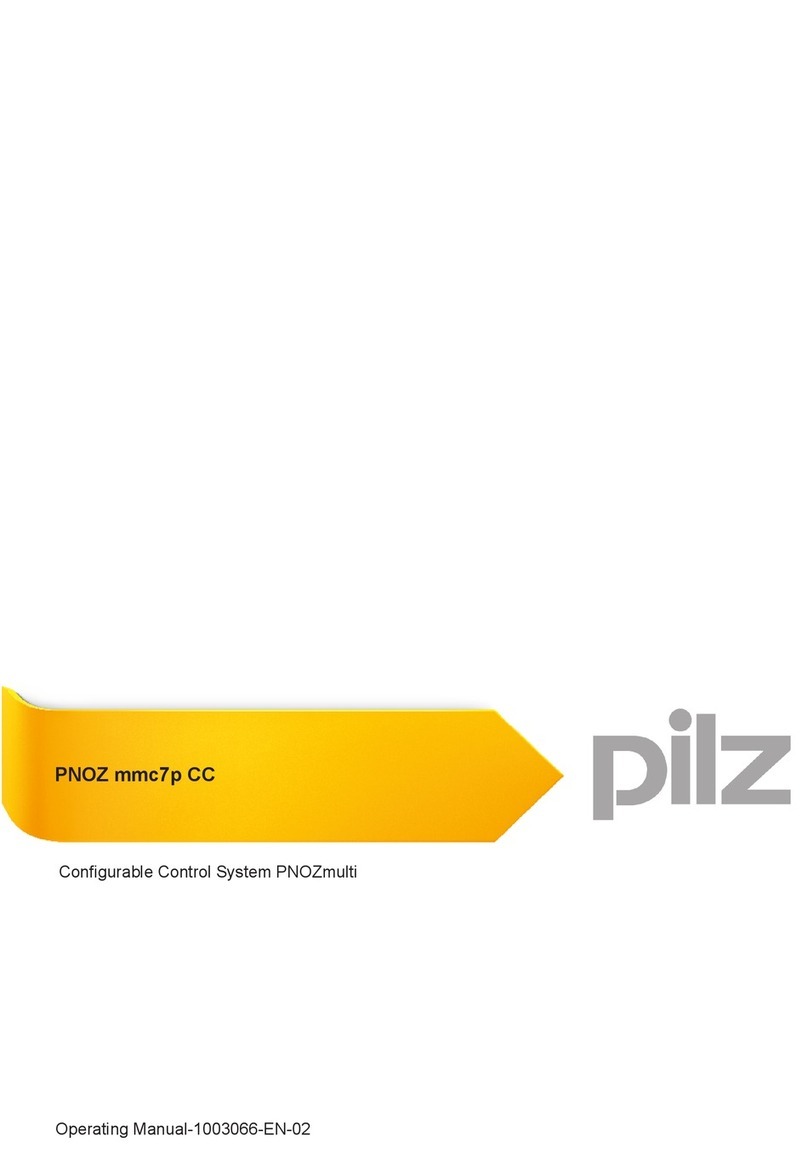
Pilz
Pilz PNOZ mmc7p CC User manual
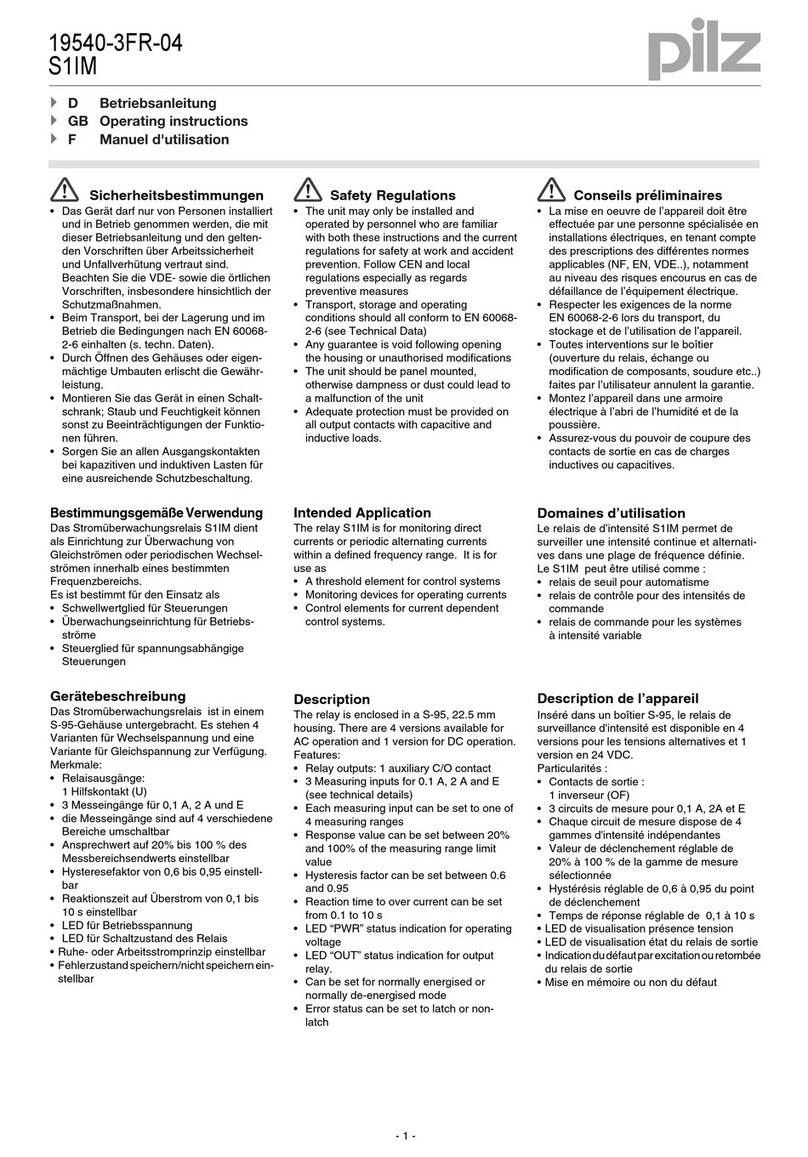
Pilz
Pilz S1IM 19540-3FR-04 User manual
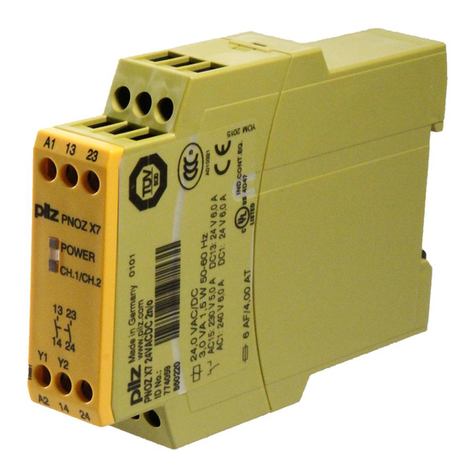
Pilz
Pilz PNOZ X7 User manual
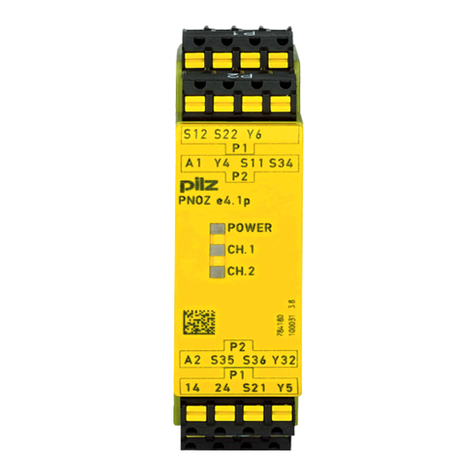
Pilz
Pilz PNOZ e4.1p User manual
Popular Relay manuals by other brands

CD Automation
CD Automation REVEX 2PH 280A user manual

ABB
ABB SPAJ 142 C User manual and technical description
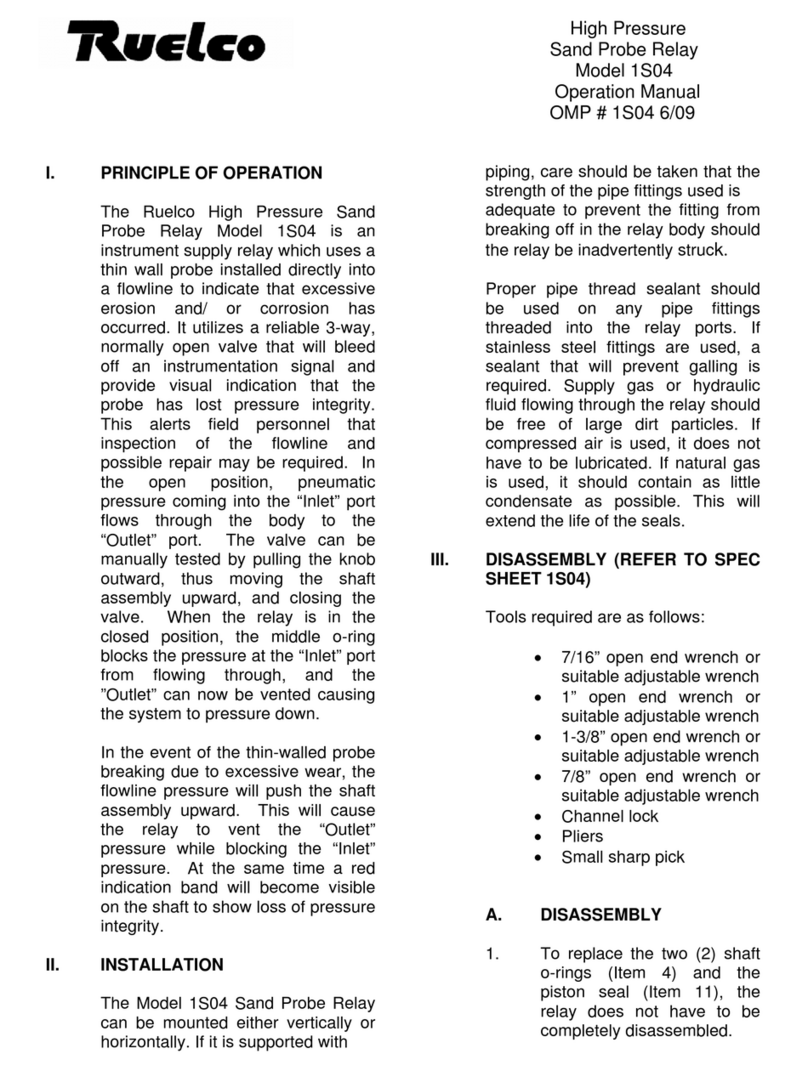
Ruelco
Ruelco 1S04 Operation manual
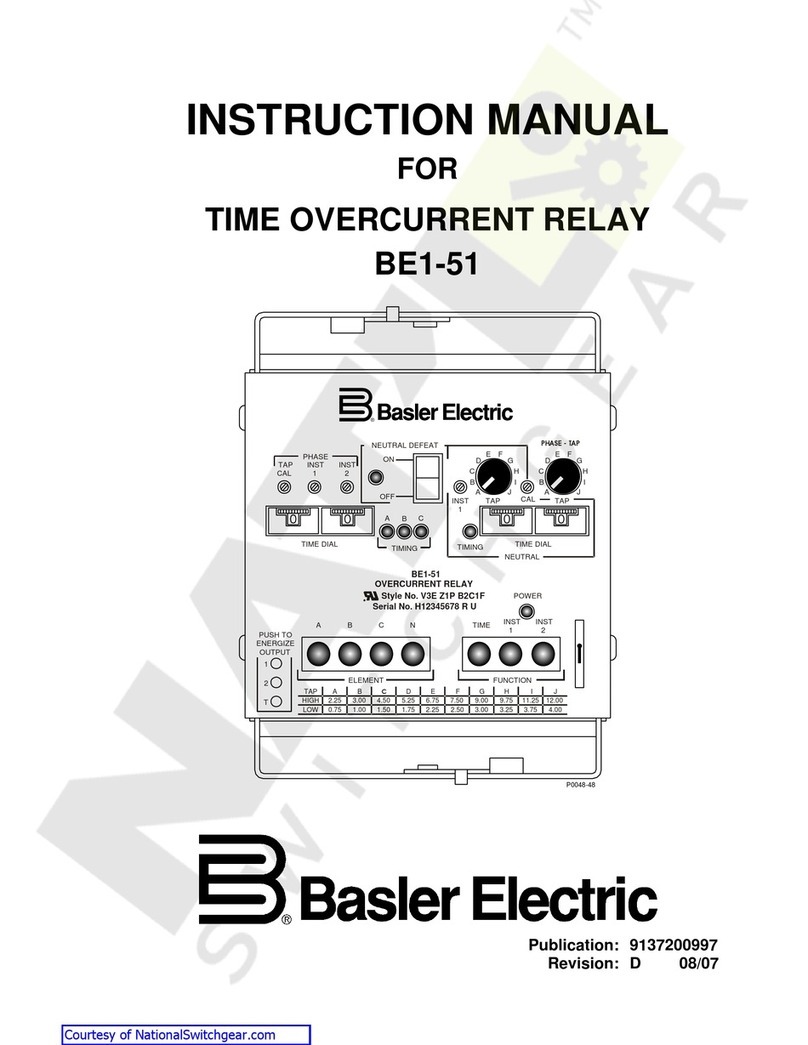
Basler
Basler V3E Z1P B2C1F instruction manual
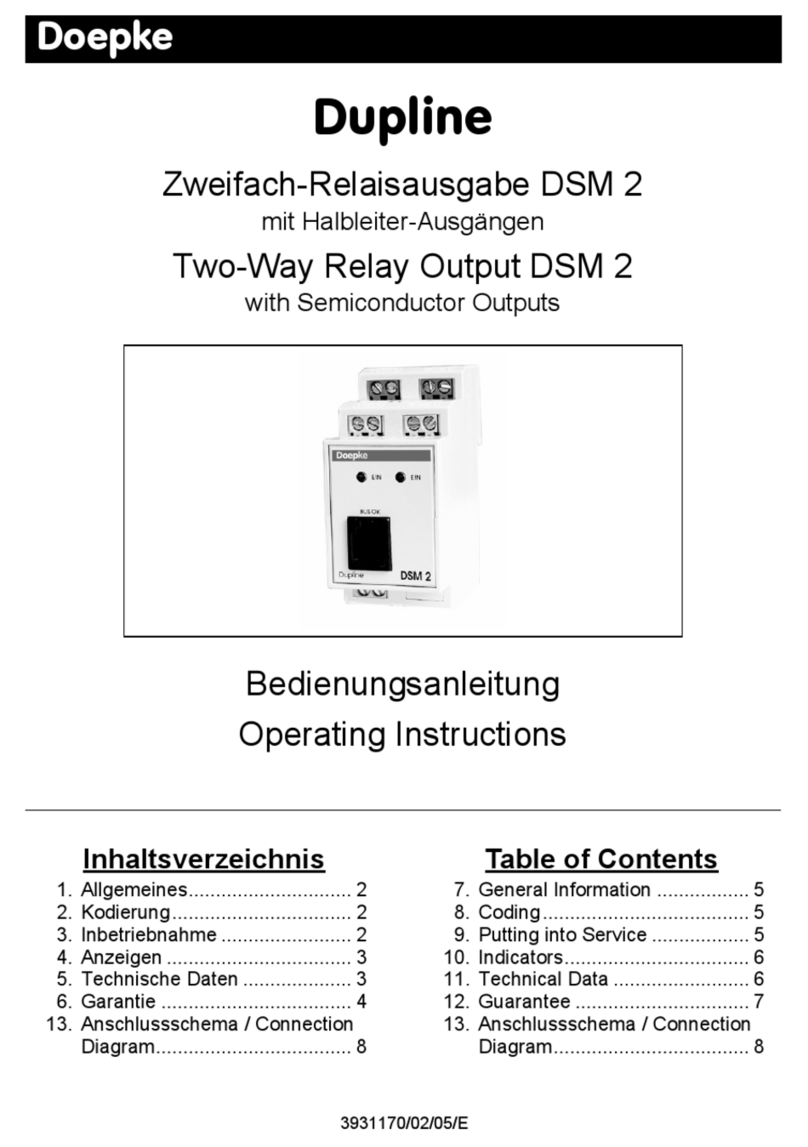
Doepke
Doepke Dupline DSM 2 operating instructions
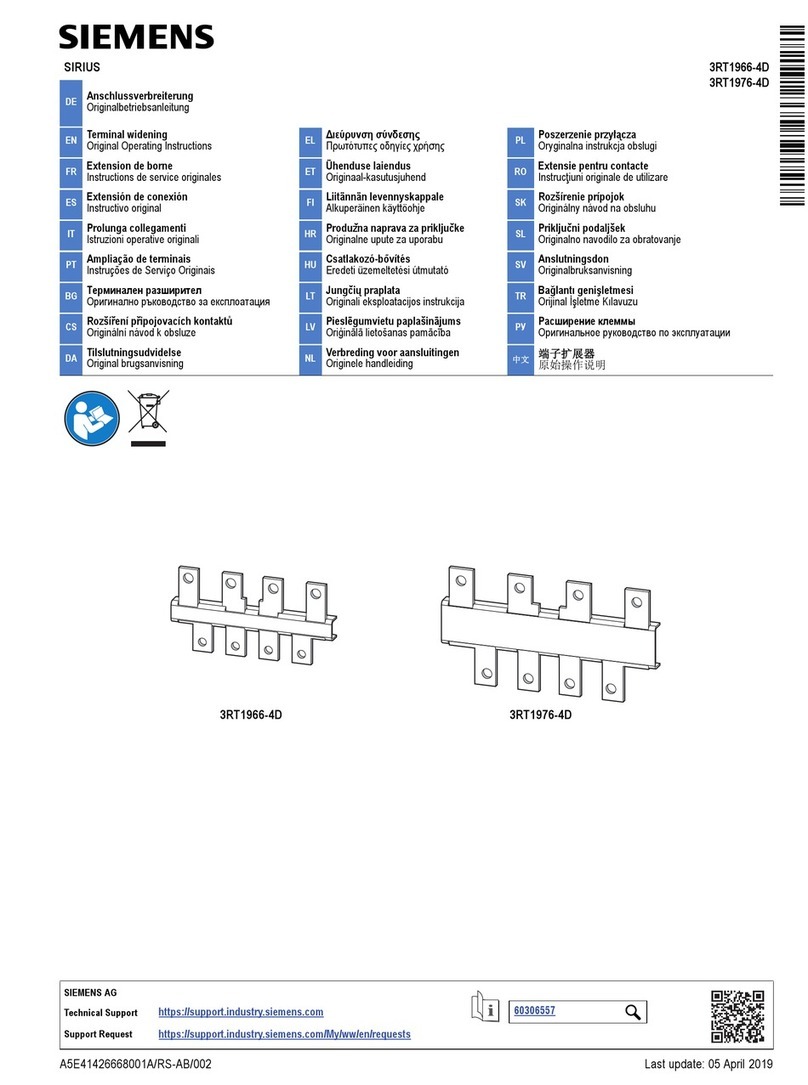
Siemens
Siemens SIRIUS 3RT1966-4D Original operating instructions
